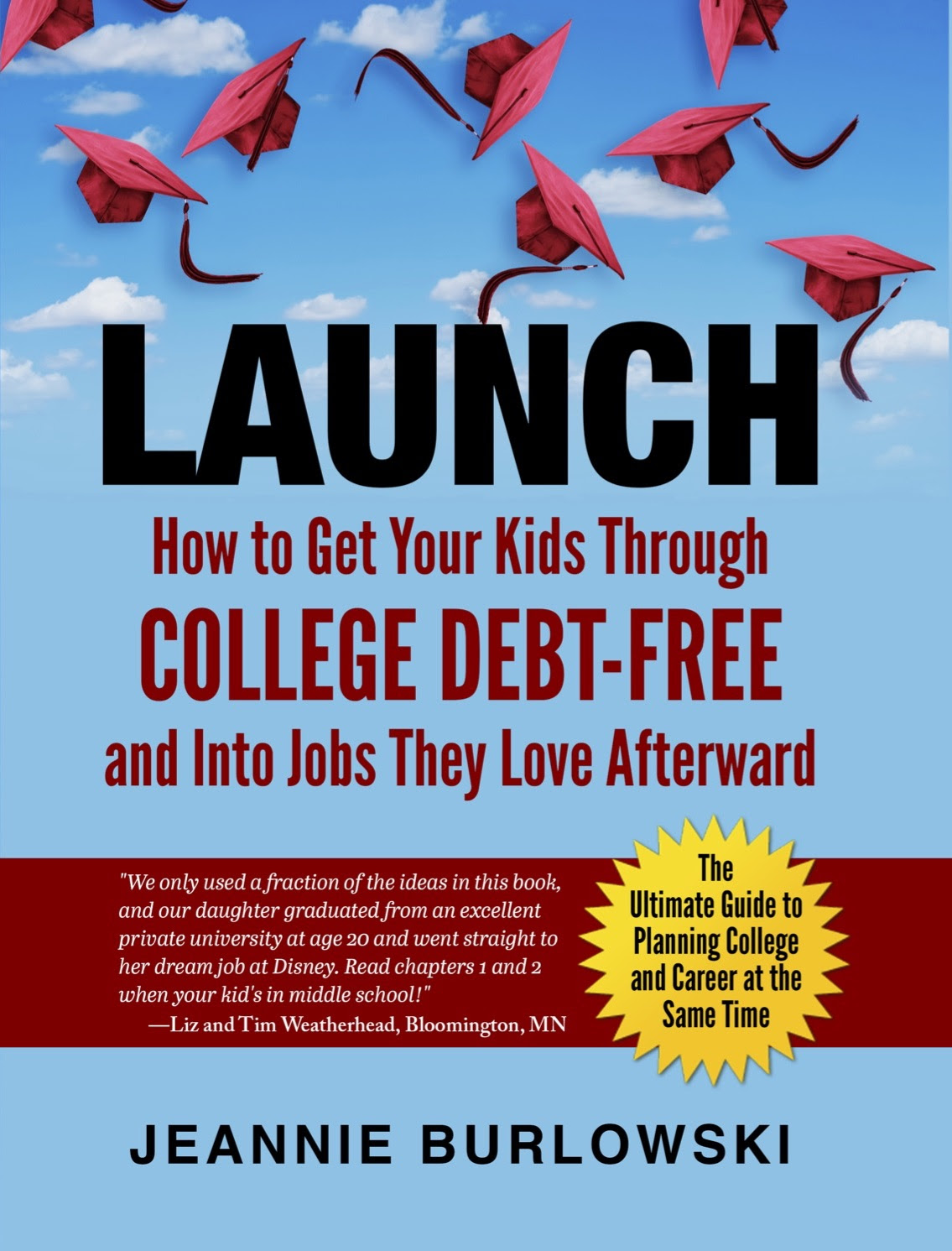The dad was smiling at me, like he had a special secret that no one else knew. He folded his arms, rocked back on his heels, and got ready to tell me just why he was never going to need my help getting his kids’ college paid for.
“I don’t have to worry about that,” he told me. “I’m going to have my kids ‘declare independence’ from me. Then my income won’t count on their financial aid forms, and the money for college will just roll on in.”
Then he tilted his head and smiled at me.
“That’s what I did when I was in college, and it worked out great for me.”
I’m so sorry to tell you, Dad—your information is long outdated.
Here’s why declaring independence from parents no longer helps students get extra financial aid for college.

The rules have changed.
Prior to 1992 a student could claim independence from his or her parents if 1) “the parents didn’t claim the student as an exemption on their tax returns for two years” and 2) “the student provided evidence that he or she was self supporting.” The laws have changed since 1992, though, so this definition of “independent student” is no longer valid.
If you still have contact with your kids, here are the rules that apply to you.
Students are only “independent” if they satisfy one or more of the following criteria:
- The student is 24 years of age or older by December 31st of the award year.
- The student is an orphan or ward of the court or was a ward of the court until the student reached the age of 18.
- The student is a veteran of the Armed Forces of the United States.
- The student is a graduate or professional student.
- The student has legal dependents other than a spouse. (Dependent means receiving more than half the individual’s support from the student.)
- The student is married.
If the student doesn’t satisfy any of these requirements, then the student is automatically a dependent student—and your information must be included on his or her financial aid form.
Students who are homeless should visit a local college financial aid office, explain their individual situation to an empathetic, caring adult, and get individualized help.
“Oh, no. Isn’t there any way around this?!?!”
There are a few creative ways around these rules. You can see the kind, sympathetic article I wrote for students whose parents refuse to fill out financial aid forms here.
The finaid.org website has a very helpful Q&A section for parents wondering about student independence here.
“So, what’s the most important thing for me as a parent to do right now?”
The very first step for parents is always this: You must make a plan for your own retirement first, before you start thinking about your kids’ college. This is a nonnegotiable. My best advice for parents is to visit a certified financial professional as early as you can, solidify a good quality retirement plan, and only then start strategizing about college.
Find a financial planner who specializes in paving the path to college and the path to retirement at the same time.
You can find one on the Approved Consultants tab on this website.
Once you’ve done this, fill out the FAFSA financial aid form every October that you’ll have a kid in college the following fall.
Do this every fall, even if you’re rich.
Remember, getting financial aid and scholarships is only a small part of the picture when it comes to getting your kid through college debt-free.
For clear, step-by-step help with the whole process, get your copy of my book:
Important—> It’s a reference book, so nobody reads the whole thing cover to cover. Pick out what you need to read in it using the fast-paced, 10-minute video instructions here.
You can see hundreds of reviews of this book on Amazon by going to:
Read just one chapter of LAUNCH every 1–3 months while your child’s in middle school and high school, and you’ll know every viable strategy for debt-free college at exactly the right time to implement it.
And if your child’s already well past middle school? That’s OK; you can run to catch up. But the process of getting your kids through college debt-free goes more smoothly the earlier you start—especially if you’re not planning to save up any money to pay for college.
Let's you and I walk together toward the goal of debt-free college for your kids.
We can accomplish this no matter your current income level—even if your kids never get a single scholarship.
Your first step is getting regularly scheduled, free helpful articles from me—right in your email inbox. Quick, sign up here.
Do you have very specific questions for me about debt-free college and career for your kids?
My TRIBE Members get the most direct access to me—while feeling good that the pennies per day they spend on the TRIBE help me bring debt-free college strategy to families who could never afford to pay for it. Join my TRIBE Membership waiting list here.
Who is Jeannie Burlowski?
Jeannie is a full-time academic strategist, podcast host, and sought-after speaker for students ages 12–26, their parents, and the professionals who serve them. Her writing, speaking, and podcasting help parents set their kids up to graduate college debt-free, ready to jump directly into careers they excel at and love. Her work has been featured in publications such as The Huffington Post, USA Today, Parents Magazine, and US News & World Report, as well as on CBS News.
Jeannie also helps students apply to law, medical, business, and grad school at her website GetIntoMedSchool.com. You can follow her on Bluesky @jburlowski.bsky.social.
No part of this article was written using AI.
This article was updated on October 27th, 2022.


